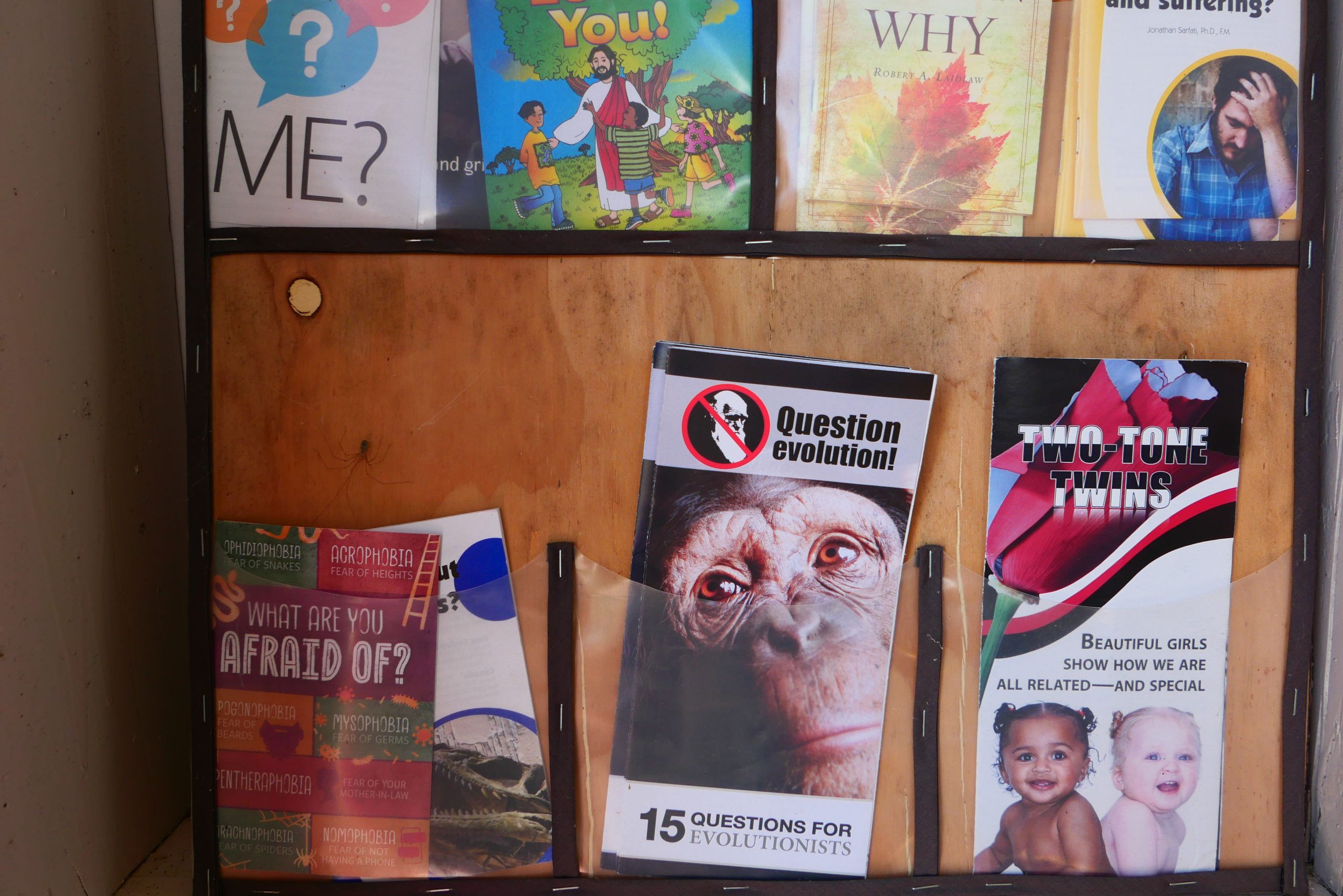Health
Heart Transplant History: The Controversial Role of Bino the Chimp

On January 23, 1964, a significant yet controversial moment in medical history unfolded at the University of Mississippi Medical Center in Jackson, Mississippi. Dr. James Hardy performed the first heart transplant using an organ from a chimpanzee, specifically a male chimp named Bino, into the chest of a 68-year-old man named Boyd Rush. This unprecedented procedure aimed to save Rush, who had suffered a heart attack just days prior.
Bino was one of two chimpanzees purchased by Hardy in late 1963. Weighing over 40 kilograms, he was selected as a backup donor when a potential human heart became unavailable due to legal restrictions in Mississippi at the time. Although Bino’s cardiac output was only 4.25 litres per minute—approximately 20 percent less than a typical human heart—Hardy and his surgical team proceeded with the operation after determining they had no other viable option.
The surgery took about 45 minutes, but it ultimately failed, with Rush surviving for less than an hour before succumbing to complications. The use of Bino’s heart raised profound ethical questions, particularly concerning the treatment of animals in medical research and the language used to describe such procedures.
Ethical Implications and Public Backlash
The aftermath of the transplant sparked intense scrutiny and public outrage. Many media outlets initially reported that a human heart had been used, which contributed to the backlash when the truth was revealed. Hardy faced criticism for what some described as a deceptive portrayal of the operation. The media frenzy highlighted broader societal concerns about the ethics of using animal organs for human transplants, a practice known as xenotransplantation.
In the wake of the operation, Hardy reflected on the ethical, moral, and legal ramifications of his actions, stating, “We had not transplanted merely a human heart; we had transplanted a subhuman heart.” His comments did little to quell the discontent, as many were horrified by the implications of such a statement.
Despite the fallout, Hardy’s attempt to pioneer heart transplantation was ultimately overshadowed by the successful efforts of Dr. Christiaan Barnard in 1967. Barnard used the heart of a deceased human donor, setting a precedent that would become the standard in organ transplantation.
The Legacy of Bino
The story of Bino remains largely untold, overshadowed by the controversies surrounding the transplant. There has been little written about him, reflecting a broader tendency to overlook the contributions of animal subjects in medical advancements. No memorial exists for Bino, and many details about his life and the circumstances leading up to the transplant are scarce.
In examining this historical event, it becomes clear that discussions about medical progress often intersect with complex ethical considerations. The language used to describe medical procedures can shape public perception, leading to questions about the morality of scientific advancements.
As society continues to grapple with the implications of using animals in medical research, Bino’s story serves as a poignant reminder of the ethical dilemmas that persist in the pursuit of medical innovation. The operation may have failed to save Boyd Rush, but it opened a dialogue that remains relevant in discussions about animal rights and medical ethics today.
-

 World3 months ago
World3 months agoTest Your Knowledge: Take the Herald’s Afternoon Quiz Today
-

 Sports3 months ago
Sports3 months agoPM Faces Backlash from Fans During Netball Trophy Ceremony
-

 Lifestyle3 months ago
Lifestyle3 months agoDunedin Designers Win Top Award at Hokonui Fashion Event
-

 Sports3 months ago
Sports3 months agoLiam Lawson Launches New Era for Racing Bulls with Strong Start
-

 Lifestyle3 months ago
Lifestyle3 months agoDisney Fan Reveals Dress Code Tips for Park Visitors
-

 World4 months ago
World4 months agoCoalition Forms to Preserve Māori Wards in Hawke’s Bay
-

 Health3 months ago
Health3 months agoWalking Faster Offers Major Health Benefits for Older Adults
-

 Politics3 months ago
Politics3 months agoScots Rally with Humor and Music to Protest Trump’s Visit
-

 Top Stories4 months ago
Top Stories4 months agoUK and India Finalize Trade Deal to Boost Economic Ties
-

 Entertainment3 months ago
Entertainment3 months agoExperience the Excitement of ‘Chief of War’ in Oʻahu
-

 World4 months ago
World4 months agoHuntly Begins Water Pipe Flushing to Resolve Brown Water Issue
-

 Science4 months ago
Science4 months agoNew Interactive Map Reveals Wairarapa Valley’s Geological Secrets









